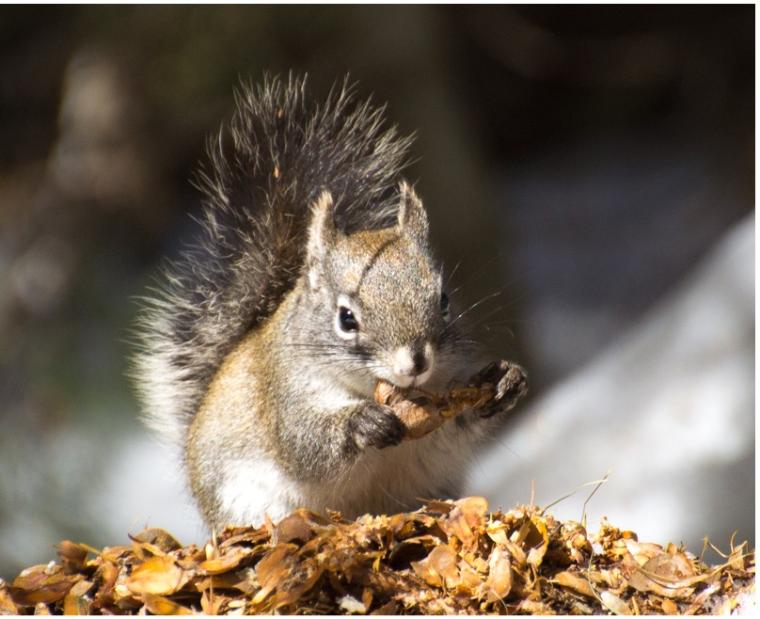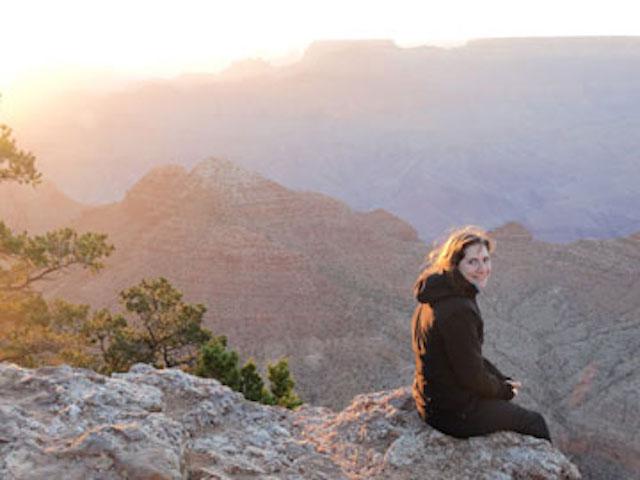Congratulations to Dr. Marina Morandini, KCRL’s newest alum!!
Morandini’s dissertation focused on how best to translocate red squirrels in the White Mountains to see if this would be a viable method for managing the endangered Mt. Graham red squirrels.
Marina tested how season and release strategy affected translocation success. There are two main release strategies used in wildlife management, and success of each varies with species ecology. Hard release, in which the animal is simply brought to a new location and released, works well for some species, like hibernating bears that need only to be placed in a new tree to continue their slumber. Other species do better when they are given a gentler release – officials can provide them with a large enclosure with supplemental food so that the animal can become slowly accustomed to the new surroundings without risk of predation or starvation. Marina found that these soft releases were most effective for red squirrel translocation
GH_male_MMcropped.jpg

She also found that the season in which they are translocated, as well as the density of neighboring squirrels around their new midden, affects translocation success. Fall translocations were less stressful for squirrels than winter translocations. Squirrels also selected for different landscape features, like slopes and valleys, depending on the density of other squirrels around them.
In response to Mt. Graham’s latest fire, the Frye Fire, Morandini also investigated the effects of forest fire on small mammal communities. She found that while generalist species, such as deer mice and rock squirrels, are less affected by wildfire burns, specialist species, like red squirrels, Abert’s squirrels, and voles, are all negatively affected by recent fires. Wildfires open up the tree canopy, exposing small mammals to predation as they forage in the night. Exposure to predators, or heightened “perceived predation risk,” as ecologists call it, causes specialists to spend less time foraging under these open conditions, which could ultimately lead to malnourishment and death.
Picture1.png

In addition to defending her dissertation, Dr. Morandini has also already joined the faculty of Paul Smith’s College in New York and is beginning her first semester as an instructor this fall – Congratulations, Marina!! She is currently teaching Intro to Fish and Wildlife Management and will be teaching Animal Behavior, Conservation Biology, and a capstone course in Wildlife Management this Spring.


